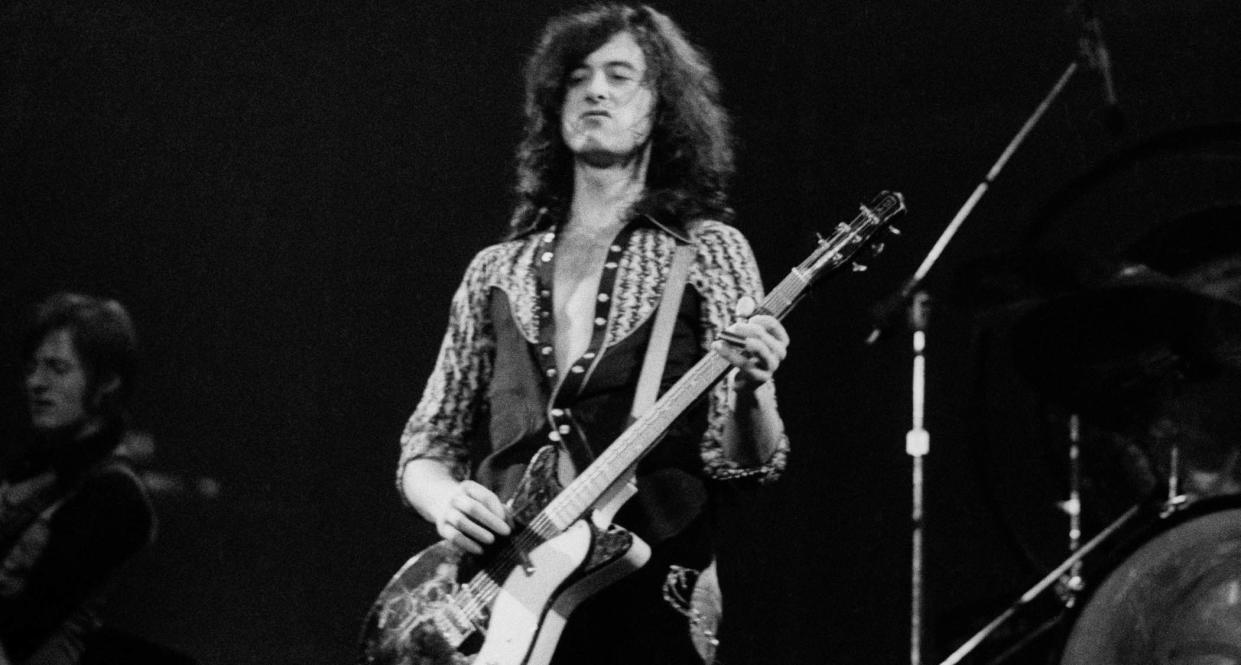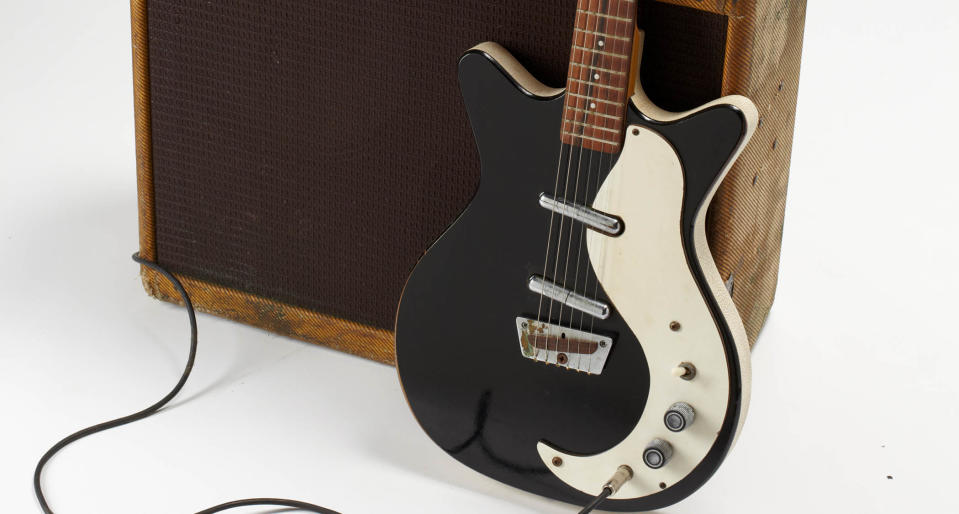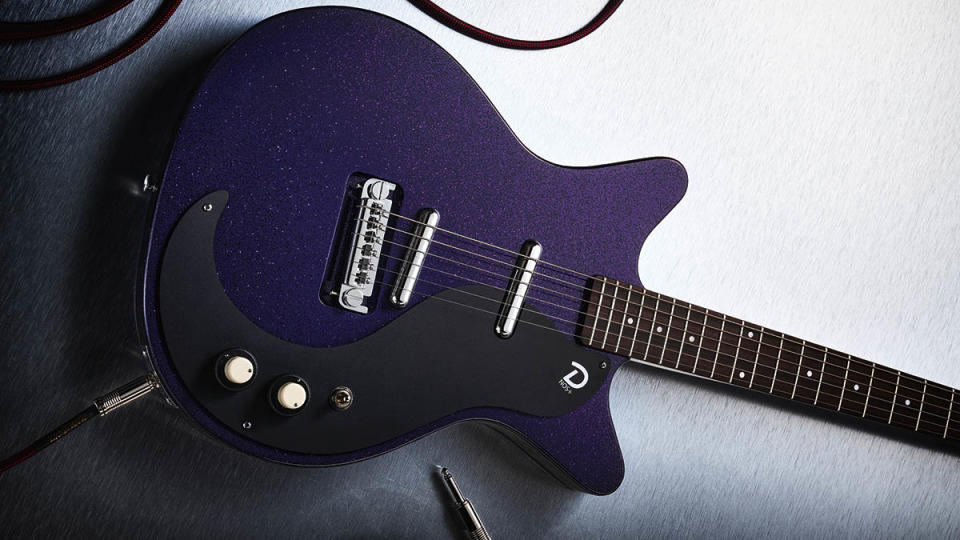The best cheap electric ever? Why Jimmy Page, Tom Verlaine and Eric Clapton loved the Danelectro Shorthorn

Danelectro’s U-Series guitars of the ’50s and Shorthorn models of the late ’50s and ’60s are textbook examples of modern minimalist guitar design.
Manufactured to be sold to the masses at the lowest prices possible (Danelectros typically sold for about $40 in the late ’50s, while a Fender Telecaster’s list price was about $200), they were built using low-cost materials and almost primitive construction that a high school student could duplicate in shop class, but they still managed to deliver excellent playability, compelling tones and cool looks.
Danelectro’s double-cutaway Shorthorn models are considered by many to be one of the best cheap electric guitars of all time. Constructed using a poplar or pine frame and center bridge block sandwiched in between 3/8-inch thick slabs of Masonite glued on the top and back, the body looked solid but was truly hollow.
Only the Masonite top and back were painted, while the sides were covered with a glued-on strip of textured vinyl tape. The 21-fret neck was also built from poplar but the fingerboard was a slab of Brazilian rosewood – at least some sort of tonewood made it into the mix.
Although the neck didn’t have an adjustable truss rod, it was solidly reinforced with two steel bars that kept the neck arrow straight even though it had a surprisingly wide and flat profile (a feature that later made Danelectro necks popular with shredders in the late ’70s and ’80s).

The bridge was nothing more than a flat piece of chrome-plated brass with notches cut out for anchoring ball end strings and holes for screwing the bridge to the center block. The saddle was a sliver of rosewood. Pickup design was as basic as it gets: 42 AWG wire coiled over an Alnico 6 bar magnet (no bobbin or polepieces) shoved into surplus chrome-plated lipstick tubes, hence the name “lipstick pickups.”
The only hints of sophistication were the sealed tuners (which Danelectro didn’t make themselves) and the concentric volume/tone knobs found on models with two or three pickups.
As primitive as they were, those lipstick tube pickups are a big part of a Danelectro guitar’s appeal. Providing about 3 to 4k ohms resistance, they are certainly low output but that results in brilliant clarity and delightfully metallic twang. The multi-pickup models use series wiring instead of parallel, which boosts the output, rolls off some treble and emphasizes mids when multiple pickups are engaged.

Danelectro’s triple pickup Shorthorn models (Deluxe 6036, 6037 and 6038) allowed users to engage any combination of two pickups (bridge/neck, bridge/middle, neck/middle) or all three pickups in series via the individual volume controls for each pickup, resulting in a variety of wicked aggressive tones.
Many online resources refer to Danelectro Shorthorn models from the ’50s and ’60s as DC-2, DC-3 (two- and three-pickup models, respectively) or even 59DC models, but these are actually model names adopted when Danelectro reissued the Shorthorn guitars, starting in the ’90s.
The correct names for vintage examples have four digits, with the third digit referencing the number of pickups and the fourth digit referencing the finish color (1/black, 2/copper, 6/white, etc.).
The 3000 series were Standard models (including the single-pickup 3011 and 3012 and dual-pickup 3021 and 3022), while the 6000 series were Deluxe models (6026, 6038, etc.). Two models with vibrato tailpieces (the 4011 and 4021 in black only) were introduced in the mid-’60s.
Probably the most famous Danelectro Shorthorn and the reason for its continued popularity today is the black 3021 used by Jimmy Page on stage from the mid-’70s onward. Metallica recorded overdubs with a 4021 featuring a massive “batwing” or “duck foot” headstock in the studio on several of their ’90s albums.
Eric Clapton was seen sporting a Shorthorn with a psychedelic finish with Blind Faith, and Tom Verlaine often used a white triple-pickup Deluxe 6036 with Television in the ’70s. Thanks to the double-cutaway design’s easy access all the way up the neck, the Shorthorn was also often used by numerous blues slide players like Johnny Winter.

